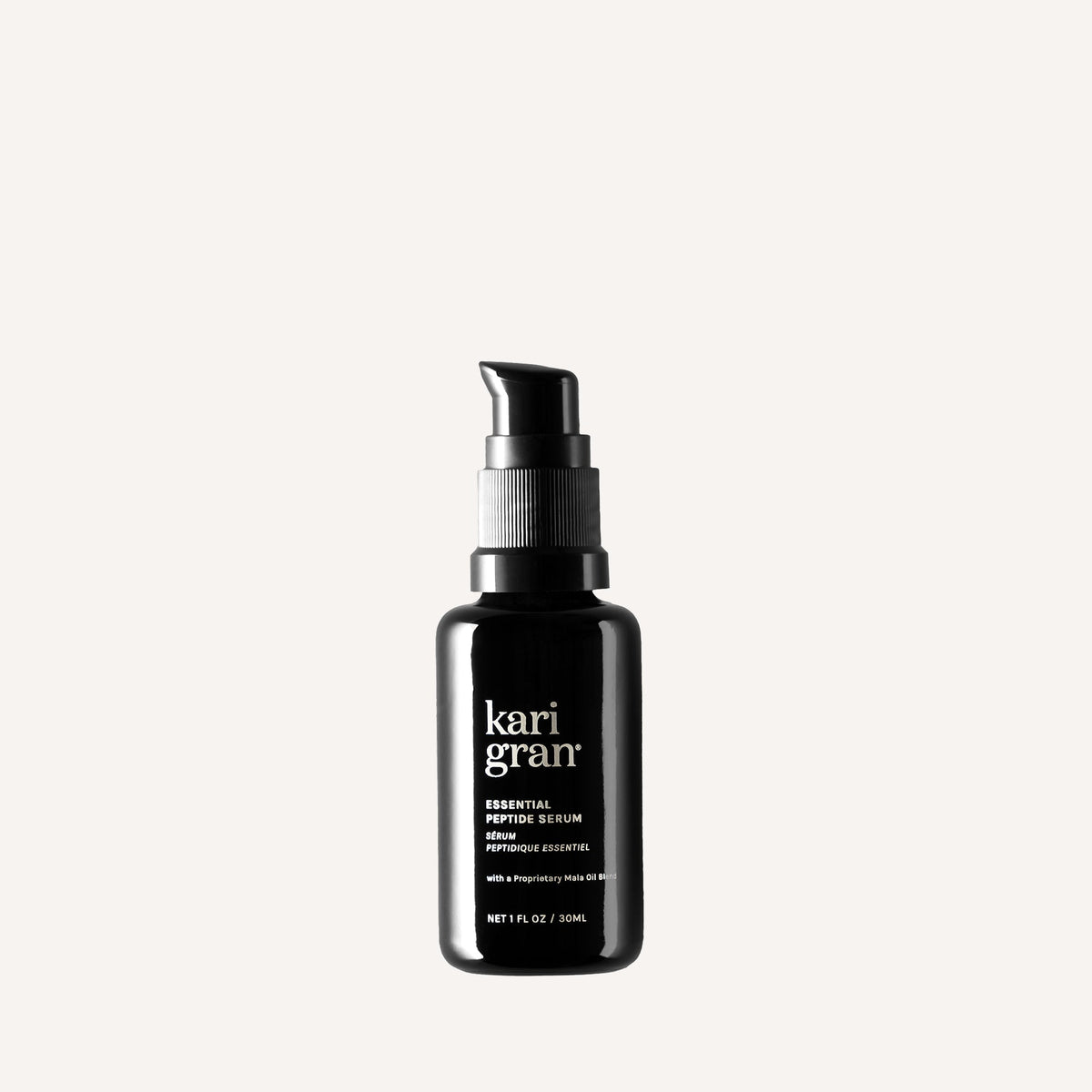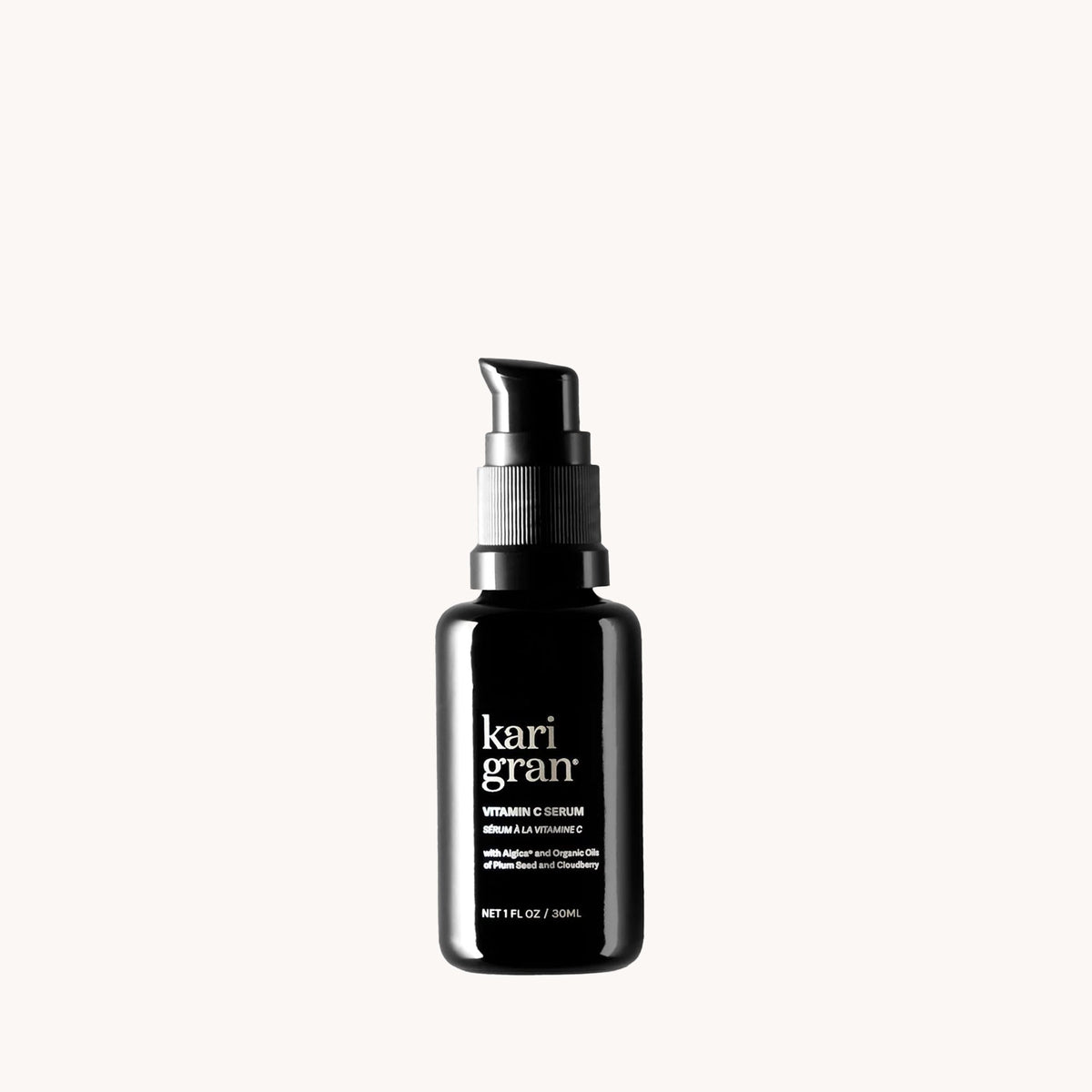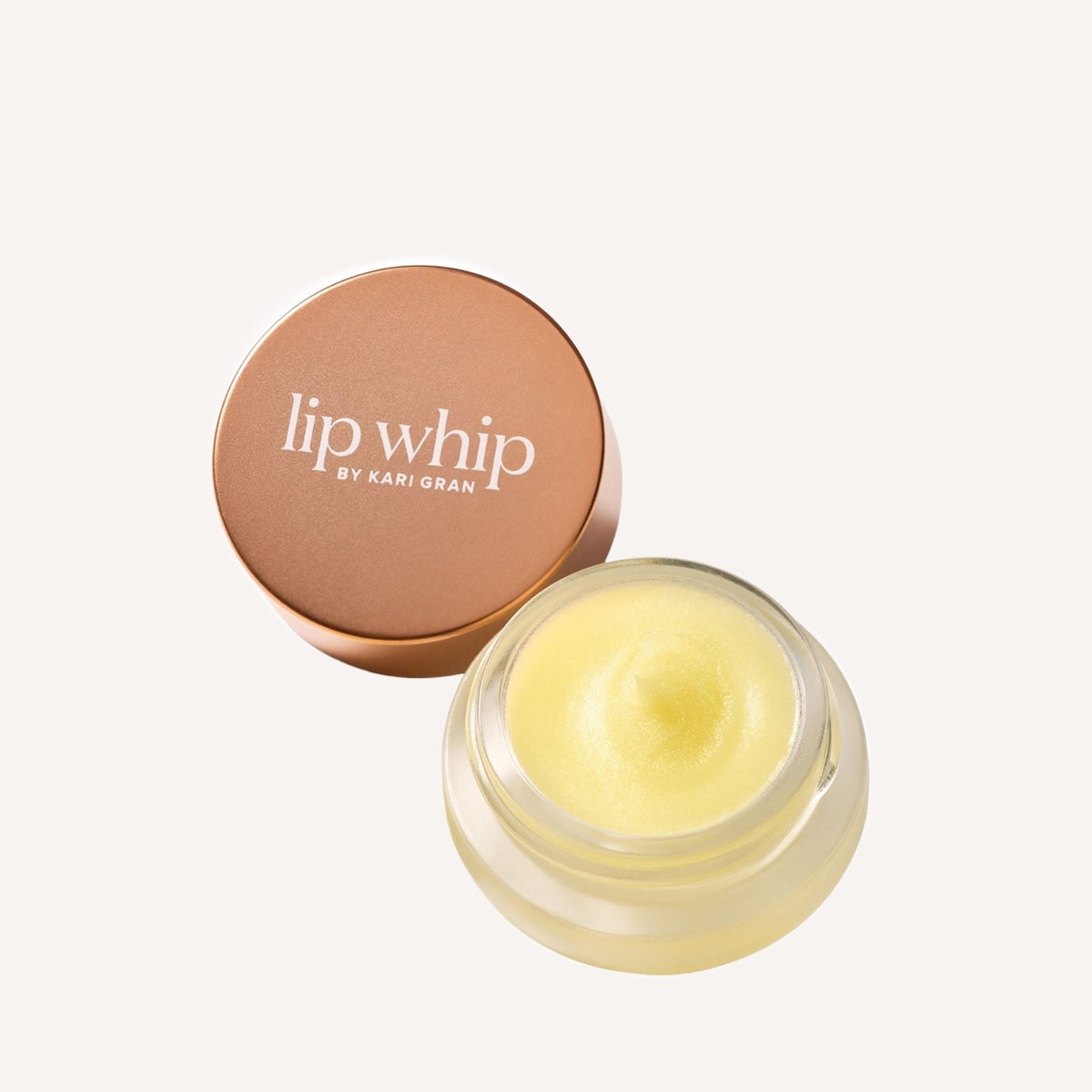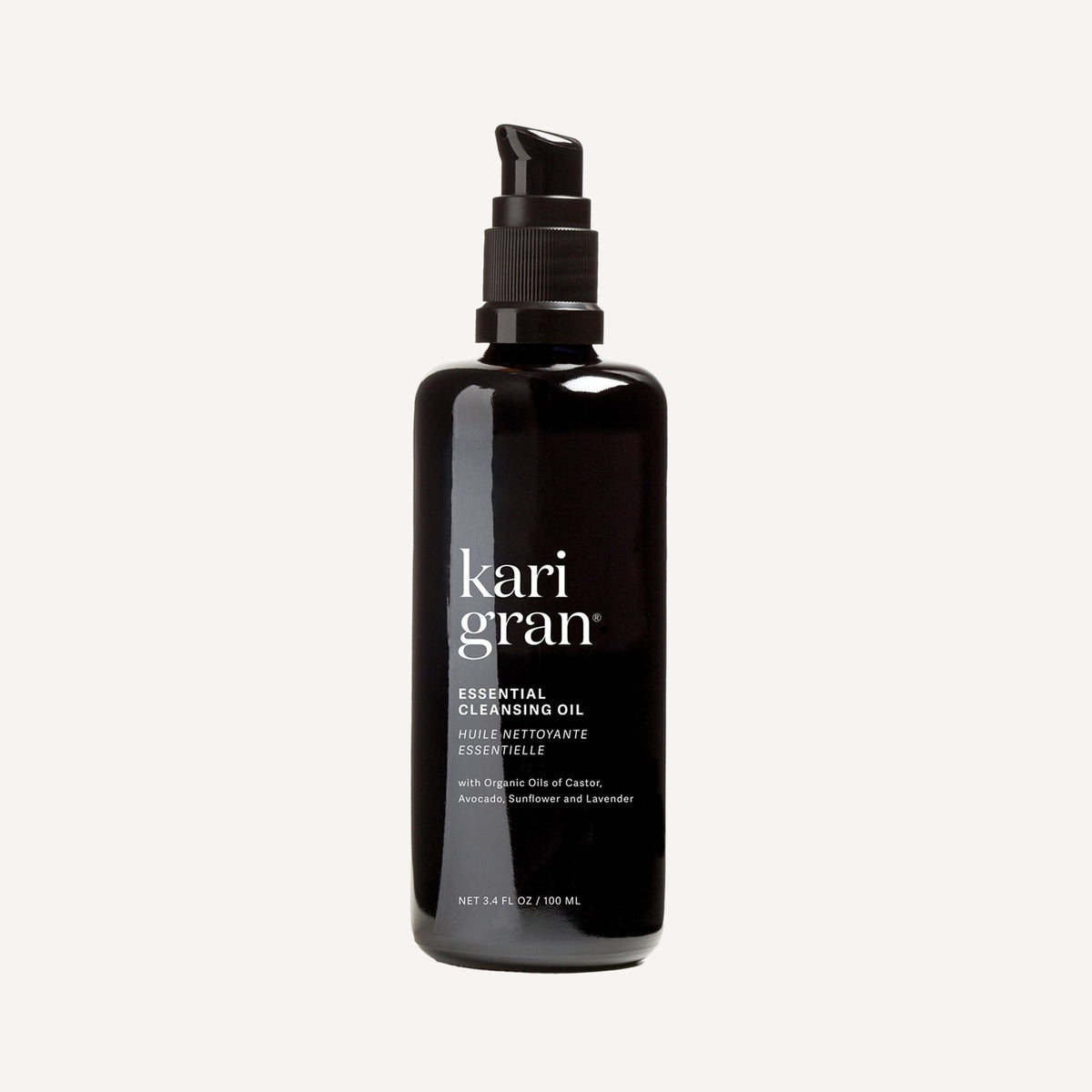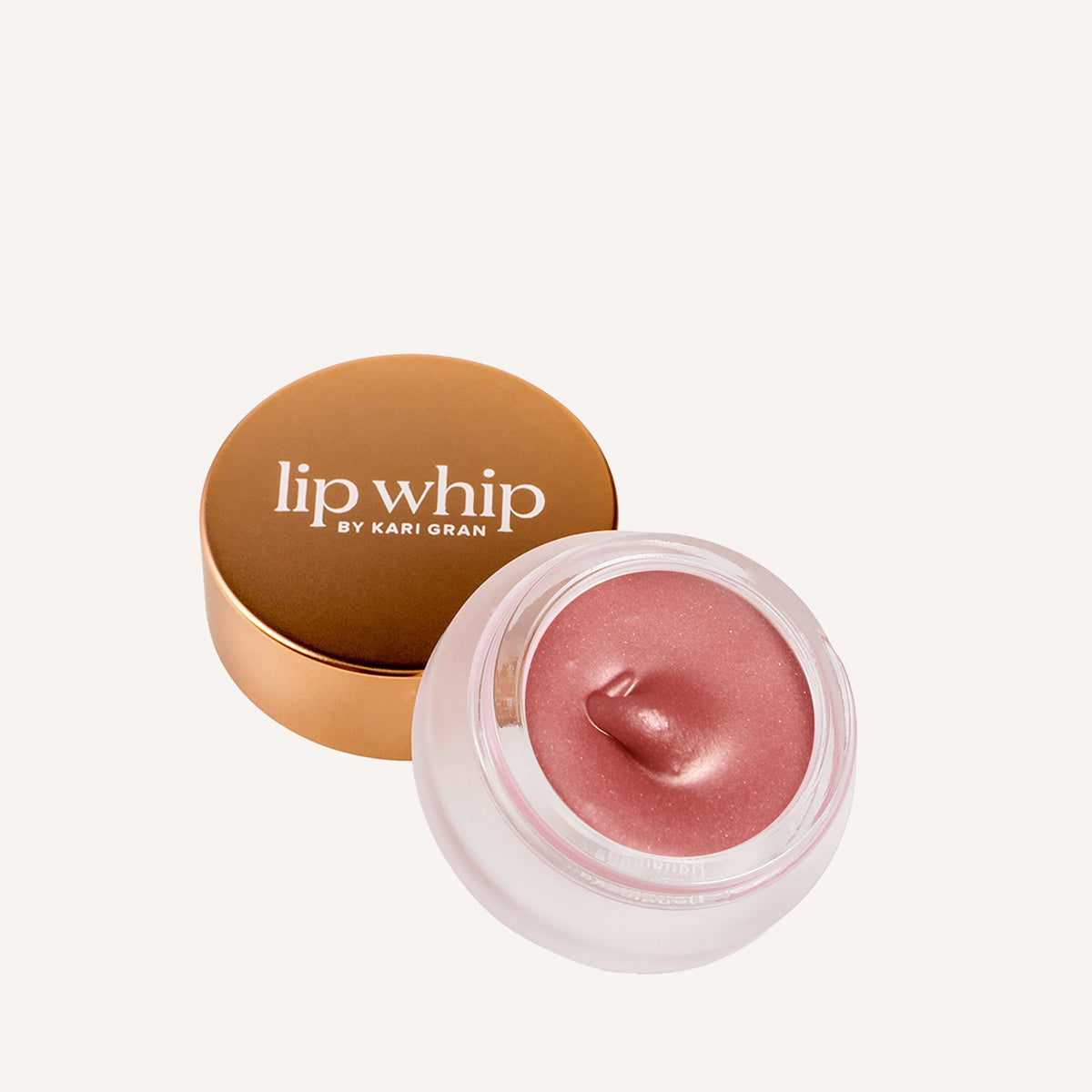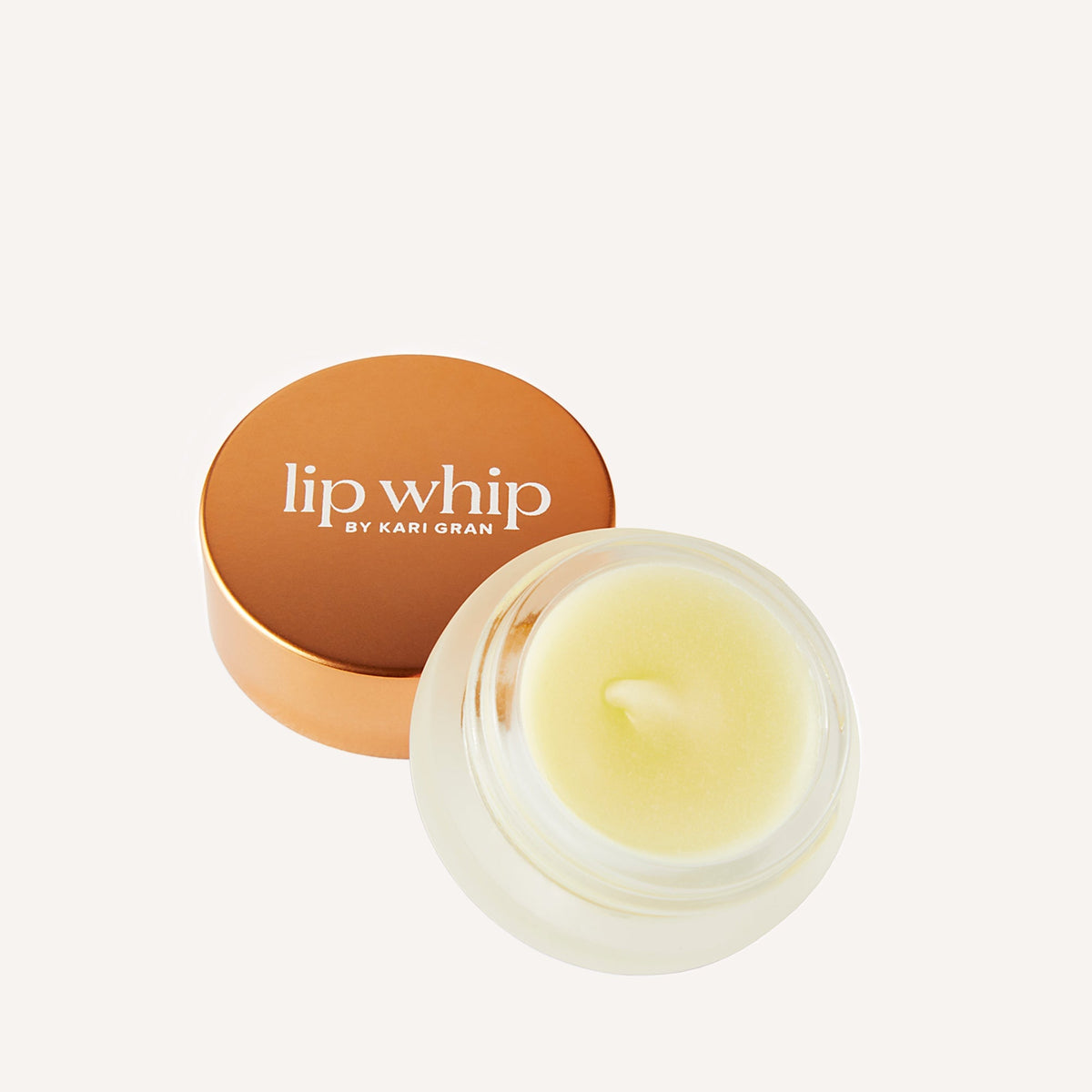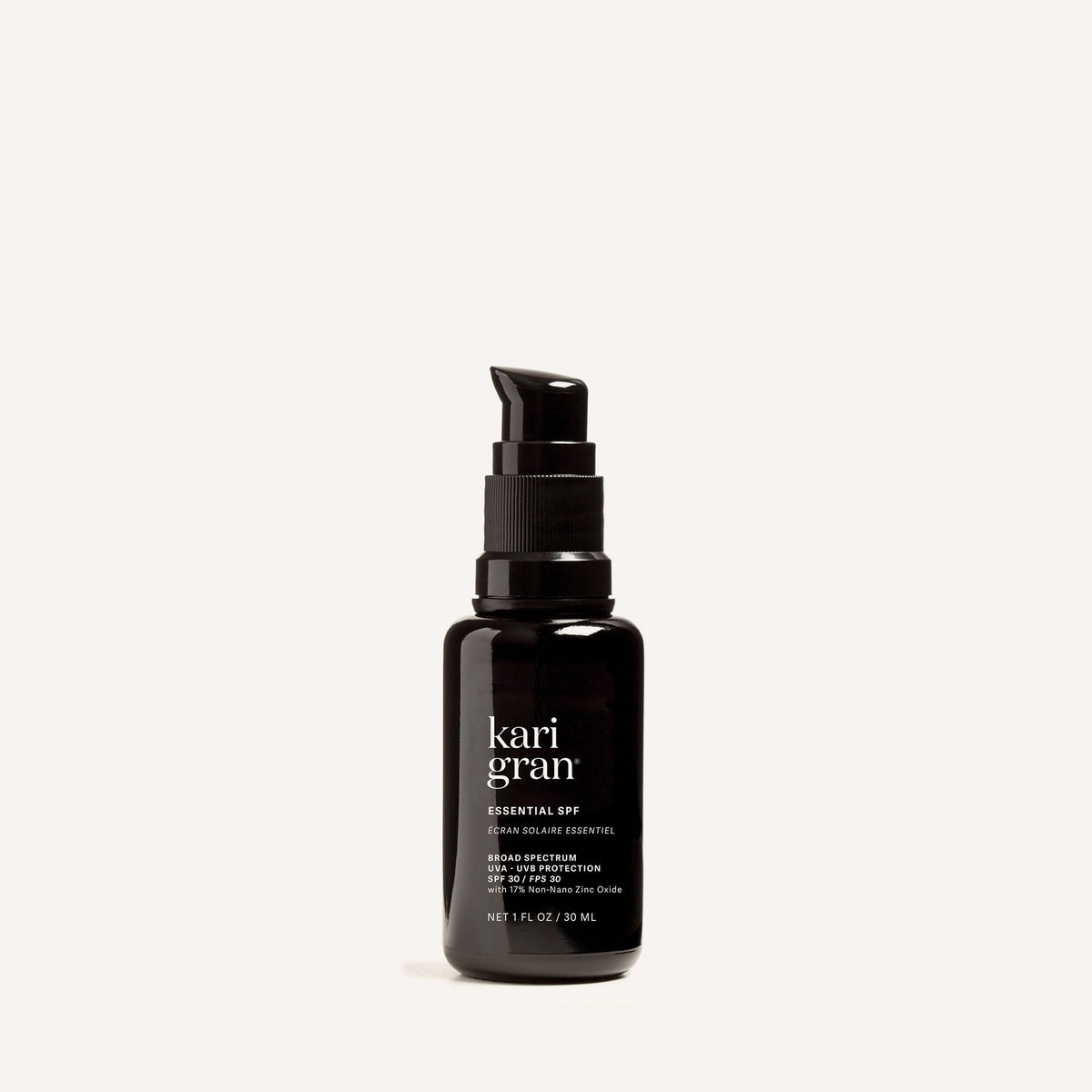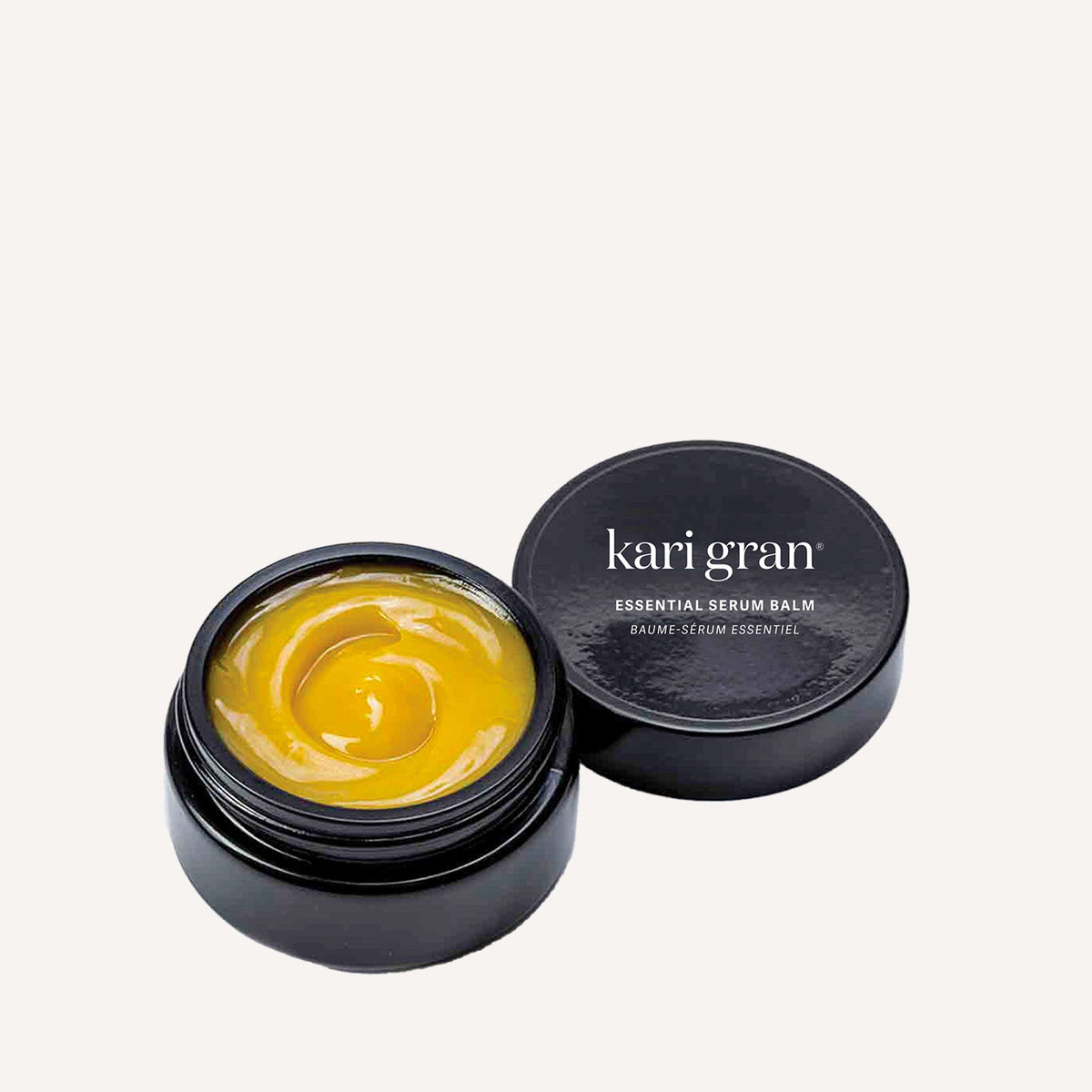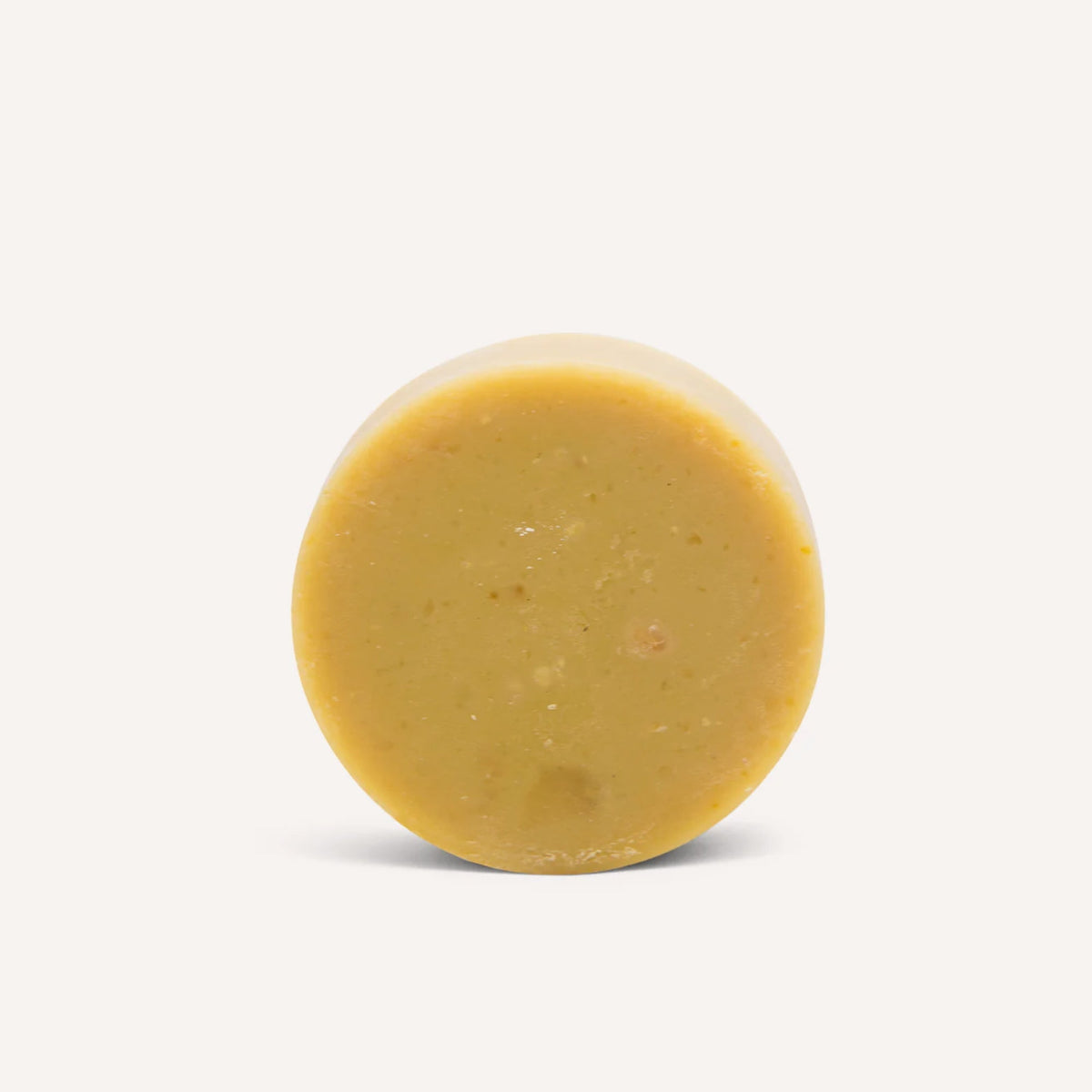How IPL Works
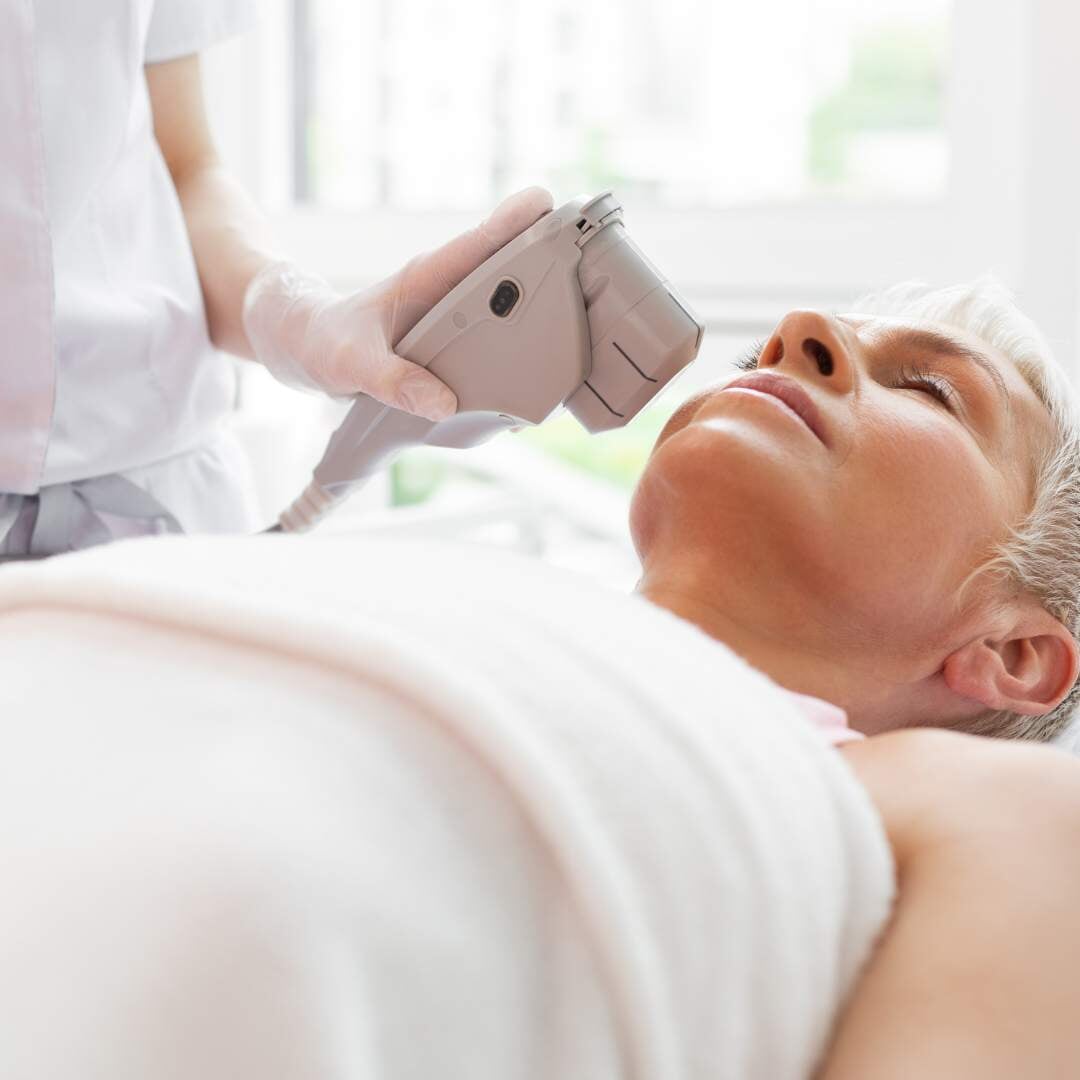
Nothing beats a good oil-based skincare routine as foundation for a healthy skin barrier. However, the sins of my past sunbathing and tanning beds require a bit more than topicals to combat stubborn age spots and uneven pigmentation. While IPL isn’t necessary or the right fit for everyone, I want to share my experiences and exactly how I care for my skin.
Flashback to October 2019, a month before my birthday, I decided it was time to get a little outside assistance in the way of IPL (Intense Pulsed Light) laser for my face, neck and chest. Luckily, I was told in my consultation that I only needed one treatment. I say luckily as it’s not the most pleasant feeling, a bit like rubber bands snapping the skin and your skin can appear red for a few hours after. Fun photos to follow.
So, what is IPL and is it right for you?
How IPL Works
Intense Pulsed Light (IPL) treatments deliver high-intensity pulses of light to targeted areas of the skin. Unlike traditional lasers that use a single wavelength of light, IPL employs a broad spectrum of light wavelengths. The light energy is selectively absorbed by specific targets in the skin, such as melanin (responsible for pigmentation), hemoglobin (found in blood vessels), and collagen (essential for skin structure and elasticity). When IPL is applied to the skin, the targeted cells absorb the light energy, converting it into heat. This heat prompts a series of reactions that lead to the desired skin improvements:
1. Fading Age Spots and Sun Damage
IPL targets the pigment cells responsible for dark spots, breaking down the excess melanin and allowing the body to naturally eliminate it. Over time, age spots fade or create “coffee grounds” which then flake off. IPL is also effective in treating other types of sun damage, such as freckles and sunspots.
2. Reduced Fine Lines and Wrinkles
The light emitted during an IPL treatment stimulates collagen production in the skin, a protein responsible for maintaining skin elasticity and firmness.
3. Improving Skin Texture and Tone
IPL helps improve overall skin texture by encouraging cell turnover and stimulating collagen production, leading to a smoother, more refined surface. Additionally, the treatment can address issues like redness.
4 . Minimizing Broken Capillaries and Redness
Broken capillaries, also known as spider veins, can appear as we age and contribute to a blotchy and uneven complexion. IPL targets these tiny blood vessels, causing them to constrict and fade over time.
The IPL Experience
Find a good IPL technician, I suggest talking with your dermatologist first to see if they have a recommendation. Then schedule an appointment to discuss your areas of concern. The technician can access and then develop a tailored treatment plan of how many sessions you need.
The day of the sessions, protective eyewear is provided to shield the eyes from the bright flashes of light during the procedure. During the treatment, a handheld device is applied to the skin, emitting rapid pulses of light. While some experience a slight sensation of warmth or mild tingling, the procedure is generally well-tolerated, and any discomfort is minimal. Depending on the intensity of the IPL, you may have a numbing cream applied prior to the treatment. My skin turns red if you touch it, so post IPL, I’m not camera ready, but the redness does minimize over the course of a few hours.
If doing multiple IPL sessions, it’s recommended they be spaced a few weeks apart. The exact number of sessions depends on your skin concerns and desired outcomes.
What Happens After
IPL treatments are non-invasive and require little to no downtime. Each session typically takes between 20 to 30 minutes. After the treatment, there may be some mild redness or swelling in the treated areas, but these side effects typically subside within a few hours to a day. The skin may appear slightly darker temporarily, especially in cases of pigmented lesions, but this will fade as the skin heals. Immediately after my session, I felt and looked like I had a pretty intense sunburn but this subsided throughout the day.
Good news, bad news, the IPL is a nice way to treat sun damage. Bad news, the sun damage will return and depending on how much damage has been done, you’ll need to repeat the process, generally on an annual basis.
For me, IPL is the only “treatment” I do for stubborn dark spots that are result of old UV damage. The recovery time is minimal for most (I do experience redness for a few hours that’s typically gone the next morning). A gentle oil based routine is ideal for this, it’s soothing and moisturizing. Steer clear of any exfoliation immediately after, this can only irritate skin that may be feeling a bit tender post zapping. If this is something you might be interested in, talk with your dermatologist and see if you’re a good candidate. Come fall, I’ll be going back for another treatment. I’m not the only one, the ladies of KG HQ are also fans.



